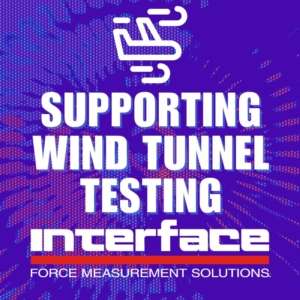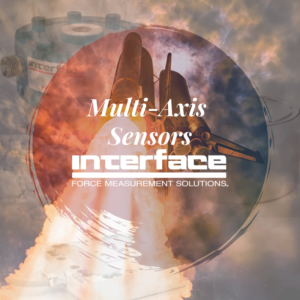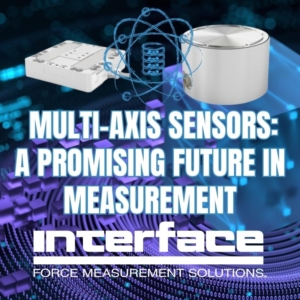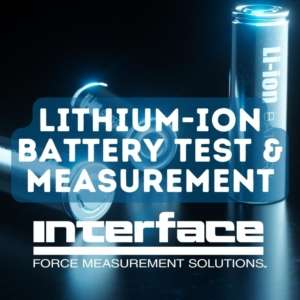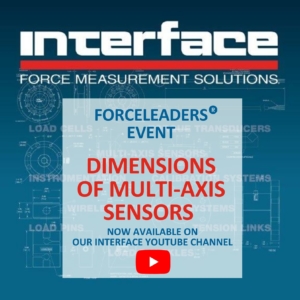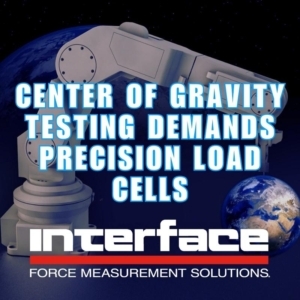
IQ Blog
Center of Gravity Testing in Robotics Demands Precision Load Cells
Interface specializes in precision force measurement solutions. There are different methods for determining the CoG of a robotic system. One common method is to use strain gage load cells. Not all load cells are designed for precision measurement. Center of gravity testing demands strict measurement. For example, Interface compression load cells are often used in center of gravity testing for robotics because they are very accurate and can measure remarkably small forces.
